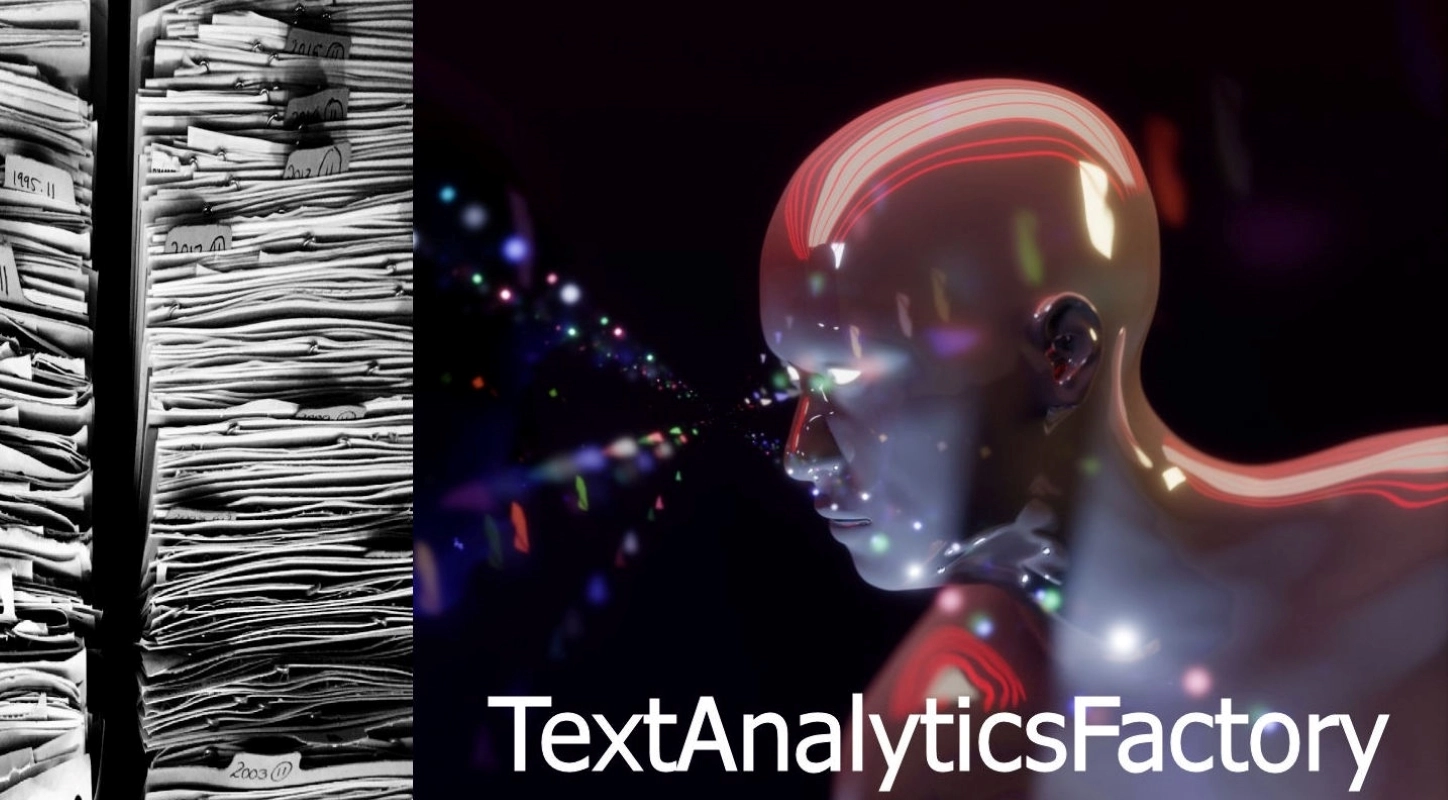Author(s)
Kwok, Jeffrey
Book, Journal
HKIE Transactions 28, 2, 102-107 2021-06-30
Abstract
Hydrogen is receiving increasing attention for achieving carbon abatement in various sectors, including transport, logistics, thermal engineering and industrial feedstock, etc. Hydrogen can also support distributed power supply that raises national energy security. Both commercial and industrial sectors share a common vision that increasing the cost-effectiveness of renewable hydrogen represents their strategic achievement towards substantial sustainability. This paper explains how hydrogen can play seven roles in the energy transition which include large-scale integration of renewable energy into the power grid, medium for storing and distributing energy across sectors and/or regions, a buffer to increase the electric system resilience and clean fuel for fuel cell vehicles to decarbonise transport. Besides, hydrogen can decarbonise building energy consumption and serve as feedstock using captured carbon. Power Assets Holdings Limited (PAH), a global investor in energy and utility-related business, has identified a hydrogen economy as a strategic vision in its business plan for zero carbon readiness in 2035 and a carbon-free business model in 2050. In this paper, the features and attributes of different hydrogen projects, such as H21 and InTEGRel in the UK and Hydrogen Park in South Australia, are discussed to demonstrate the commercial deployment of hydrogen power.
DOI
http://dx.doi.org/10.33430/v28n2thie-2020-0046
NA: Nicht verfügbar












